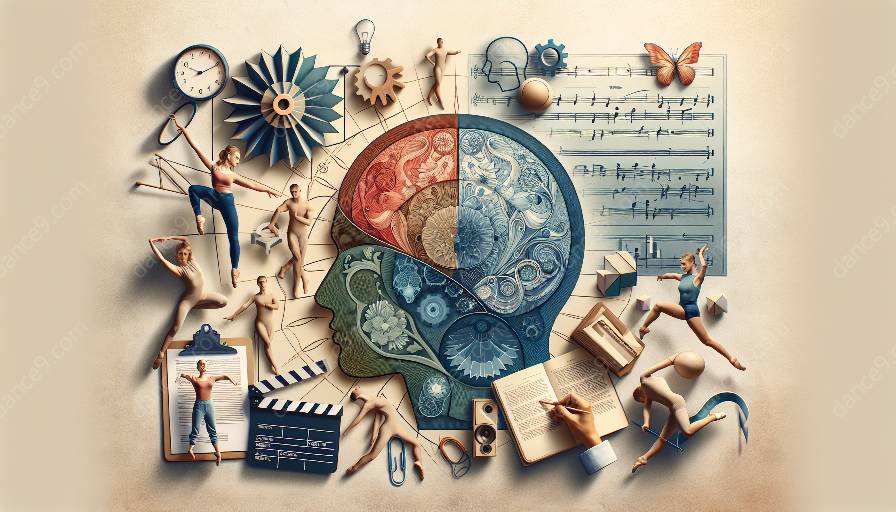Dance is not just a form of art; it also requires emotional, mental, and physical stamina. Dancers face unique psychological challenges in their pursuit of excellence. This article explores the concept of resilience, coping strategies, and the importance of addressing both physical and mental health in the dance community.
Understanding Resilience in Dance
Resilience is the ability to adapt and bounce back from setbacks. In the context of dance, it is vital for dancers to develop resilience to navigate the inevitable challenges and rejections in their career. This includes coping with performance anxiety, dealing with injuries, and facing the competitive nature of the dance industry.
Resilient dancers are not immune to stress, rejection, or failure; however, they can effectively manage these experiences without compromising their mental well-being or performance quality. Psychological challenges for dancers may include self-doubt, body image issues, and pressure to meet professional standards.
Cultivating Resilience
Developing resilience requires a multifaceted approach that combines psychological, emotional, and physical strategies. Dancers can benefit from techniques such as mindfulness, self-reflection, and positive self-talk to overcome setbacks. Engaging in regular mental health check-ins and seeking support from peers, mentors, or mental health professionals is crucial for developing resilience.
Fostering a sense of community within the dance industry can also contribute to resilience. By sharing experiences and supporting each other, dancers can create a supportive environment that promotes mental strength and well-being.
Coping Strategies for Dancers
While resilience is essential for long-term success in dance, the practice of coping strategies helps dancers navigate immediate challenges and stressors. Coping strategies can include stress management techniques, problem-solving skills, and maintaining a healthy work-life balance.
Dancers can benefit from incorporating physical coping strategies such as proper nutrition, adequate rest, and injury prevention and management. Additionally, seeking professional guidance from dance therapists or psychologists can provide dancers with valuable coping skills to address psychological challenges.
Addressing Physical and Mental Health in Dance
Physical and mental health go hand in hand for dancers. They must prioritize both aspects to sustain their careers and personal well-being. Proper nutrition, hydration, and adequate rest are essential for maintaining physical health, while addressing any muscle imbalances and injuries is crucial for preventing long-term damage.
Furthermore, mental health support should be readily available within the dance community. Access to mental health resources, such as counseling services and performance psychology, can aid dancers in managing stress, anxiety, and other psychological challenges. Emphasizing the importance of self-care and promoting a healthy work environment can contribute to a positive mindset and reduce the prevalence of mental health issues among dancers.
Conclusion
Resilience and coping strategies are fundamental for dancers to thrive in their careers while maintaining their psychological well-being. By understanding the psychological challenges in dance and prioritizing physical and mental health, dancers can build the resilience and coping skills necessary to navigate the demands of the dance industry.


































